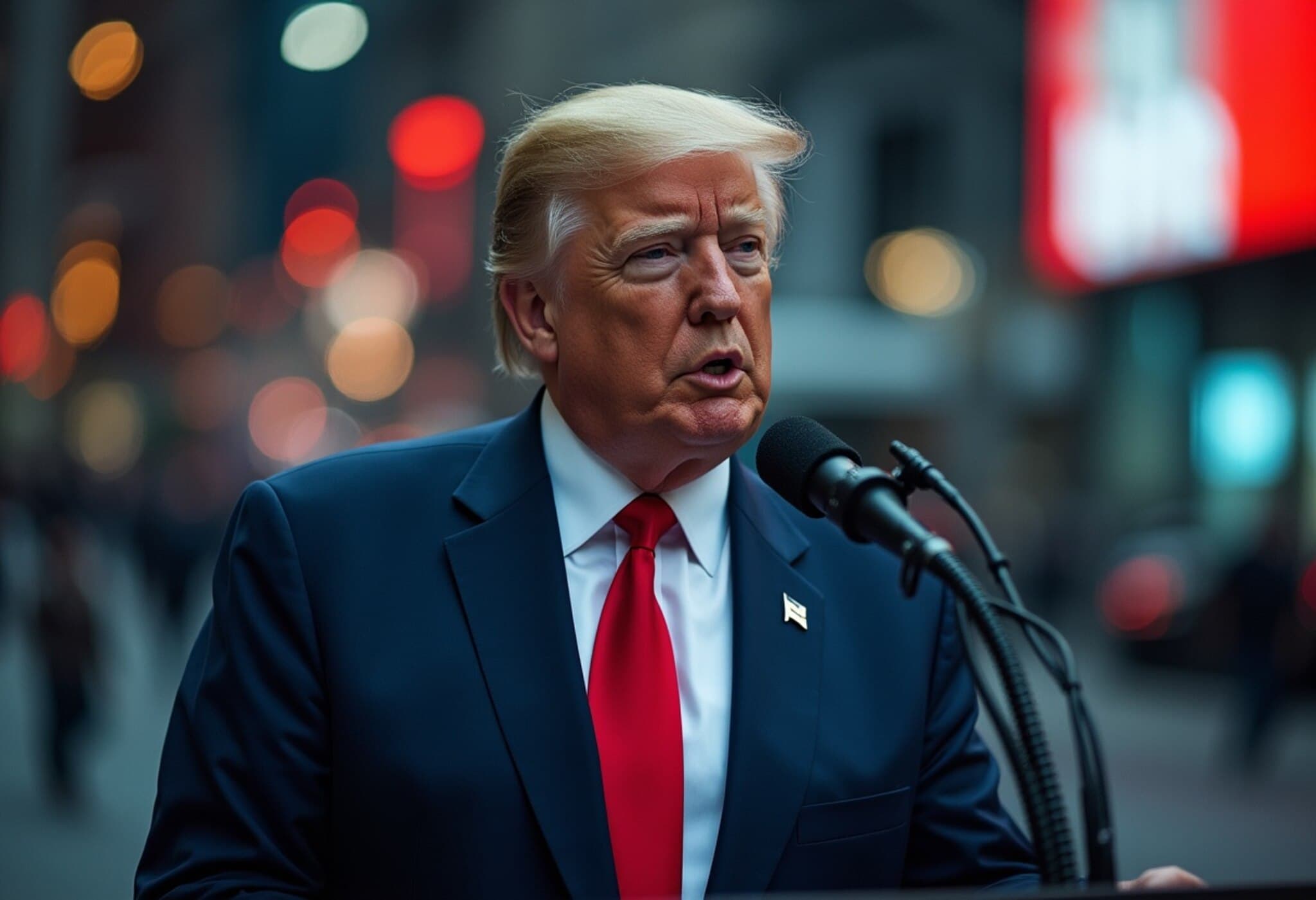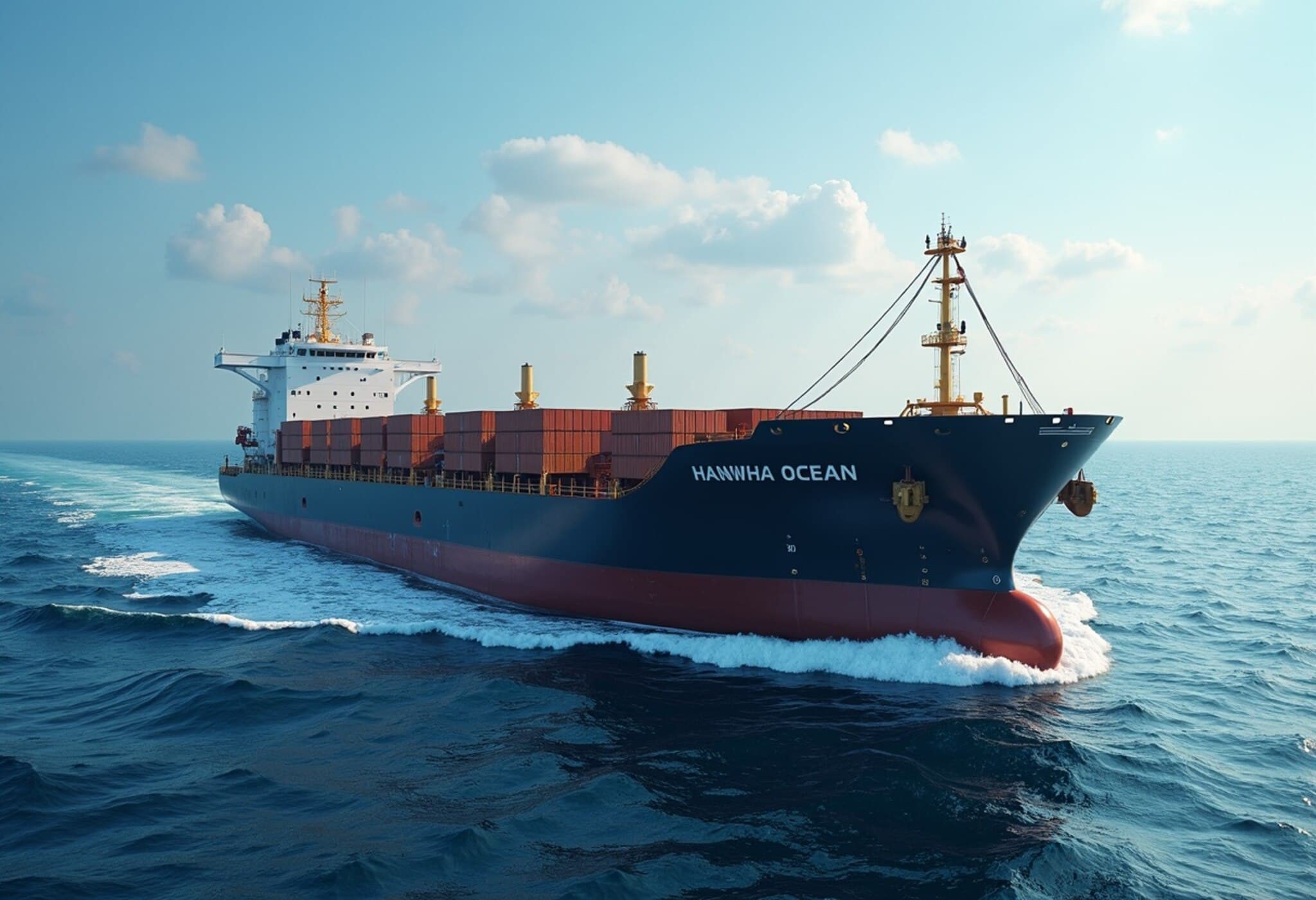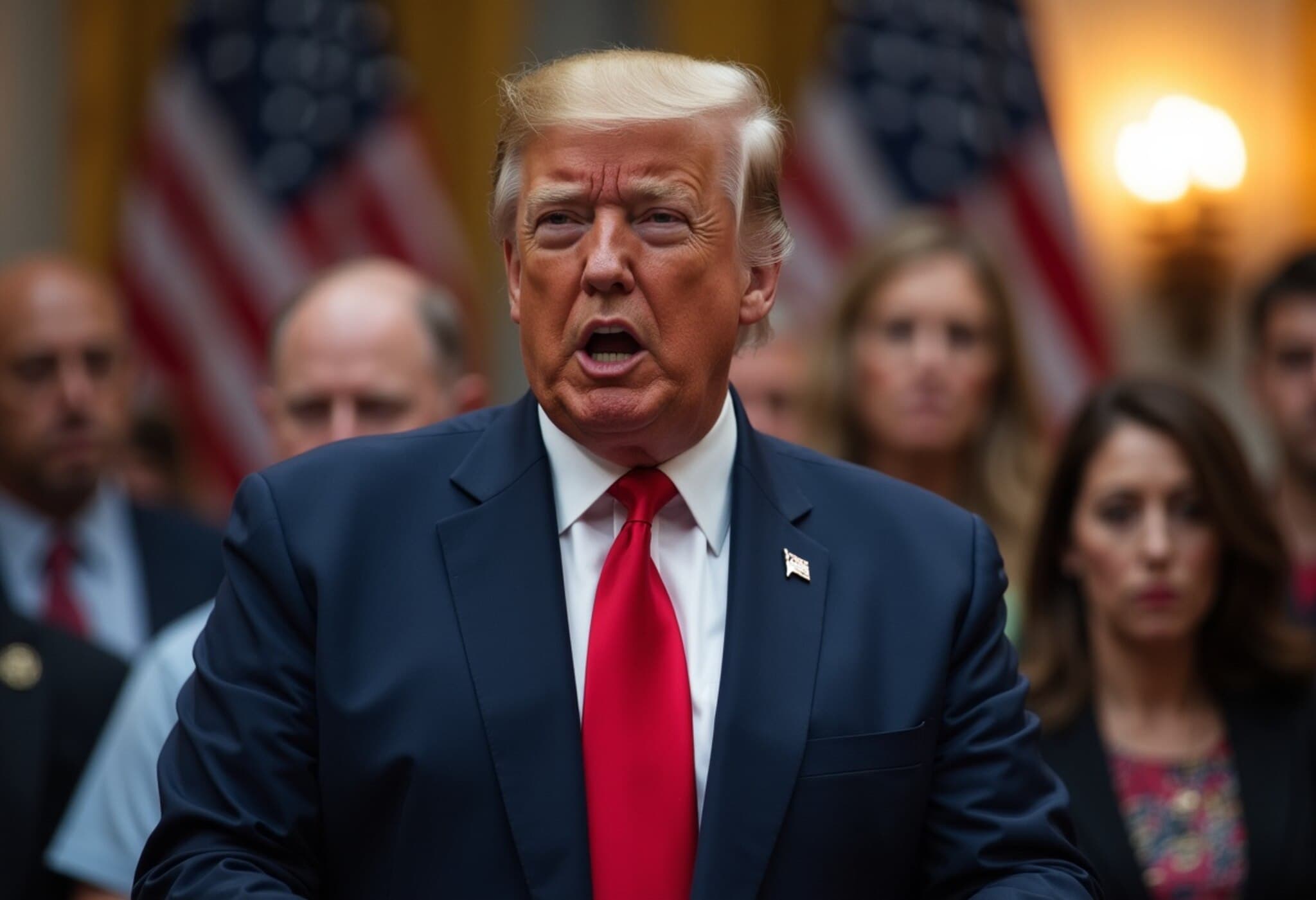Canada Takes Strategic Steps to Protect Its Steel Industry
On July 16, 2025, Canadian Prime Minister Mark Carney unveiled a series of measures aimed at curbing steel imports from China and other nations currently facing steep tariffs in the United States. This decisive move reflects Canada’s growing concerns about the ripple effects of U.S. trade policies on its own steel industry and national economy.
The Ripple Effect of U.S. Steel Tariffs
The cornerstone of recent global steel market upheaval lies in the U.S. administration’s decision to place a 50 percent tariff on imported steel, a policy implemented under President Trump to revive domestic manufacturing. While intended to protect American steelmakers, this tariff has inadvertently reshaped international trade routes and supply chains.
Prime Minister Carney commented, “The trade actions of the United States are further transforming global steel market dynamics and supply chains. Canada will be one of the countries most impacted by these developments.” The concern is clear: with the U.S. market less accessible to Chinese steel, exporters are now turning to alternative destinations, notably Canada.
Protecting Canadian Steel from Market Flooding
Canada’s steel sector holds significant economic value, supporting thousands of Canadian families and industrial supply chains. Industry leaders warn that without robust protection, the country could see an overwhelming influx of Chinese steel, priced far below production costs, threatening to undercut local producers.
Last month, the Canadian government announced a preliminary safeguard, proposing a 50 percent tariff on steel imports from countries without free trade agreements with Canada if shipments exceed 2024 levels. However, domestic steel officials voiced skepticism, arguing this safeguard might be insufficient against the anticipated surge.
Broader Implications for North American Trade
This confrontation highlights a broader challenge for North America’s integrated economy. With the U.S. erecting barriers, Canada is forced to recalibrate its trade policies to avoid becoming a dumping ground for steel diverted from American markets. The situation underscores the complexities of supply chains where regulatory and tariff decisions in one country reverberate throughout neighboring economies.
Moreover, it raises important questions regarding trade fairness and the enforcement of anti-dumping laws. Chinese steel exports have long been scrutinized for being sold below market prices, prompting calls for stricter oversight globally.
Expert Perspective: Navigating Trade Protectionism
From a policy analyst standpoint, Canada’s approach reflects a delicate balance — shielding vital industries while adhering to World Trade Organization (WTO) rules and protecting consumer interests. Experts suggest that beyond tariffs, Canada might need to invest in innovation and modernization within its steel sector to remain competitive long-term.
Furthermore, this episode highlights the potential for increased regional tensions as countries pursue protectionist measures, potentially escalating into trade conflicts.
Summary
- Canada enacts tariffs to counter anticipated surge of Chinese steel redirected due to U.S. tariffs.
- Canadian steel industry fears economic harm from market flooding and unfair pricing.
- Policy reflects wider North American trade challenges amid protectionism.
- Call for multi-pronged strategy including innovation and adherence to global trade law.
Editor’s Note
Canada’s steel policy shift underlines the interconnected nature of global trade and the unintended consequences that protective tariffs can create beyond borders. As Canada navigates these turbulent waters, key questions remain: How can smaller economies safeguard their industries without igniting trade wars? And what role should innovation and international cooperation play in building resilient, fair markets? Readers are encouraged to consider these complexities as the story unfolds.











